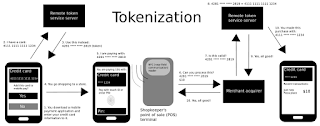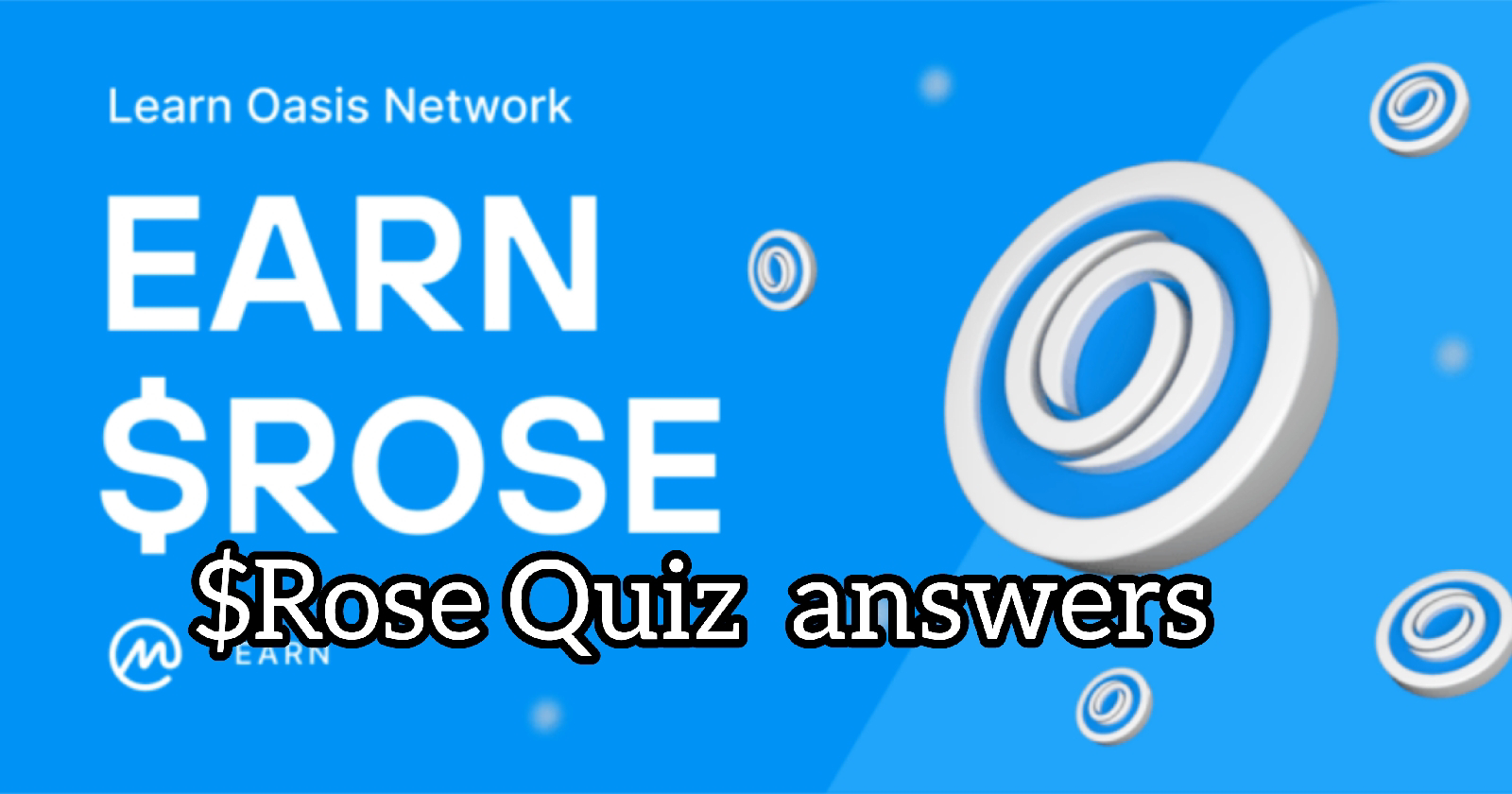What is Tokenization?
What is Tokenization?
Tokenization is the process of referencing
an asset with a "token” so that it may be more easily and quickly exchanged, or so that an existing asset may be subdivided into smaller
units of value.
Tokenization within the scope of distributed
ledger technology is the process of moving
the registry of ownership of an asset onto a distributed ledger
Moving from Possession to Registry
Tokenization within the scope of distributed ledger
technology is essentially the process of moving the registry
of ownership of an asset onto a distributed ledger or a
blockchain. Once an asset is on a ledger, the process of
ownership exchange is simplified as an edit to the ledger
that occurs on a separate cycle, ideally increasing the
efficiency and velocity of settlement and potentially
reducing operational risk at the same time. The
mechanical settlement of an asset off-ledger may take
several days, or involve the physical transfer of a large or
less-liquid asset, while the transfer of the tokenized asset
may occur instantaneously (or within whatever cycle is
determined by the controller of the ledger, which may be
centralized or decentralized).
Tokenization may use a third party that
holds the asset, though it does not have to
depend on a trusted third party. A swap,
for example, can be tokenized between
two parties that trust one another. The third
party may add value to the system by
removing counterparty risk, though it may
also introduce both default and fraud risk.
The “token” itself has no extrinsic value – it
is not a real representation of an asset on a
ledger but is rather a derivative of an asset
– an agreement to transfer title or rights
(and in some cases, obligations) to the
underlying asset. The owner of a token
does not store a token on a computer;
rather, the owner stores the keys that let
him create a new entry on the ledger and
reassign ownership to someone else.
Tokens may be intrinsic (built-in) to a
blockchain or asset-backed (issued by a
party onto a blockchain). Intrinsic tokens
are fundamental to the blockchain of
which they are a part, and are usually an
incentive/reward to validate transactions
or create blocks (BTC on the Bitcoin
blockchain, XRP on the Ripple network, ETH
on Ethereum)
Asset-Backed Tokens: Digital Representations of Title Over Physical Objects
Asset-backed tokens represent ownership
of an underlying asset. A non-digital
example of this is bullion depository
certificates, which represent the ownership
of gold bullion or coins. These certificates
act as proof of ownership for the physical
gold and are then able to be passed, like
cash, which is much easier and more
efficient than moving physical gold. Asset-
backed tokens are a digital equivalent of
this bullion depository certificates example.
These tokens are passed between parties
and these transactions are recorded on a
blockchain. An issuer is required to receive
a token in exchange for the underlying
asset.
The movement of asset-backed tokens
must accurately represent the state of the
underlying asset. In order to accurately
track a tokenized asset that originates off-
ledger (for example, a car), the physical
asset must be tagged with a unique
identification method that is associated
with the corresponding location or hash
on-ledger.
A car is already associated with a unique,
tamper-proof ID – a VIN number – that in
turn can be associated with the on-ledger
hash. If the asset isn’t already easily
associated with a unique ID, this
identification method may be a physical
secure device that ties back to this unique
hash on ledger**
Breief :-
Tokenization is the process of referencing an asset with “token” so that it may be more easily and quickly exchanged, or so that an existing asset may be subdivident to the small values of the unit ,,,
subdivided into smaller units of value*.
Crypto #WazirXwarriors #WazirX
#SmartContract #Cryptogeek
#IndiaWantsCrypto #Binance #Ethereum #BlockChain




Comments
Post a Comment